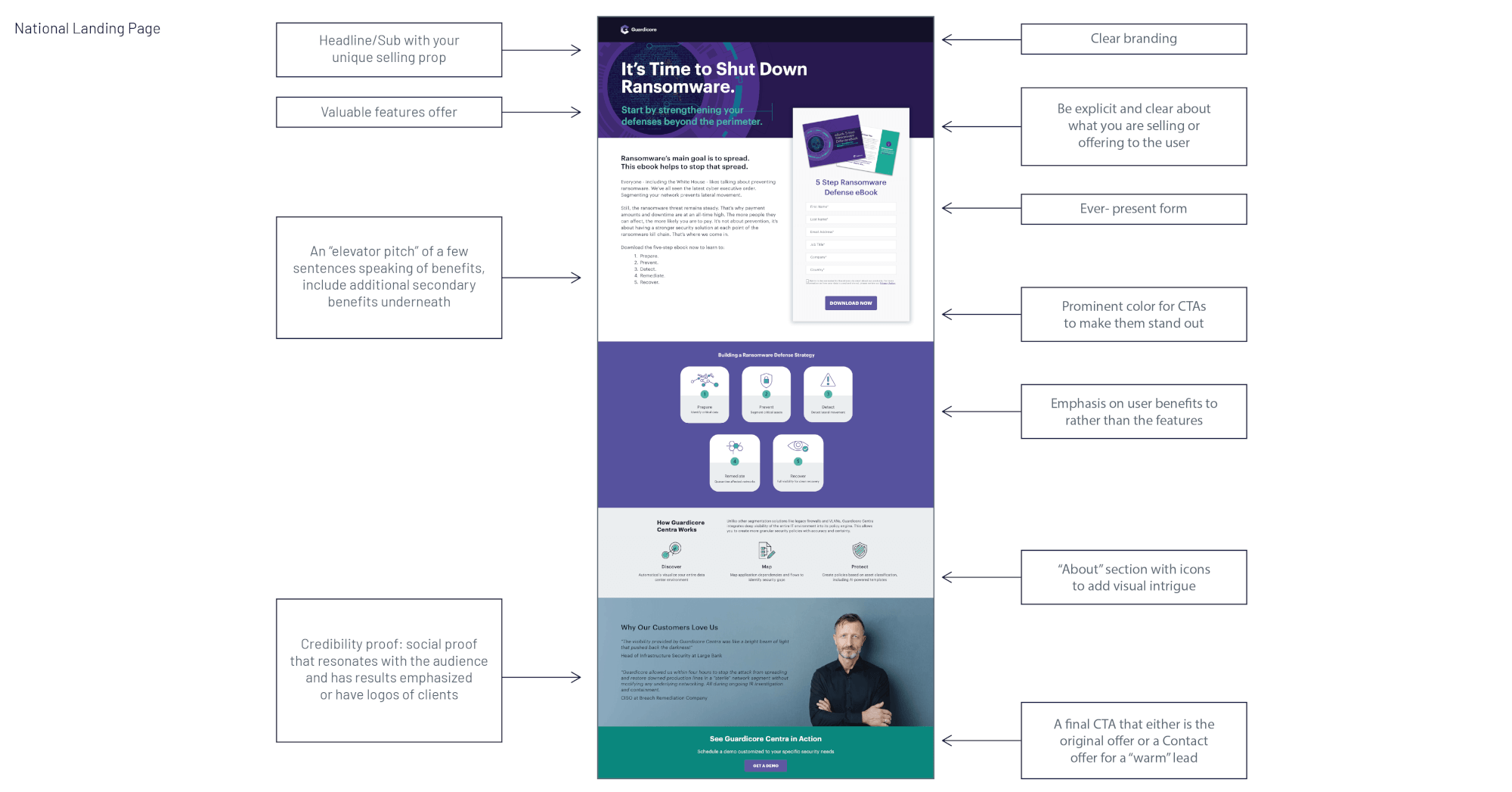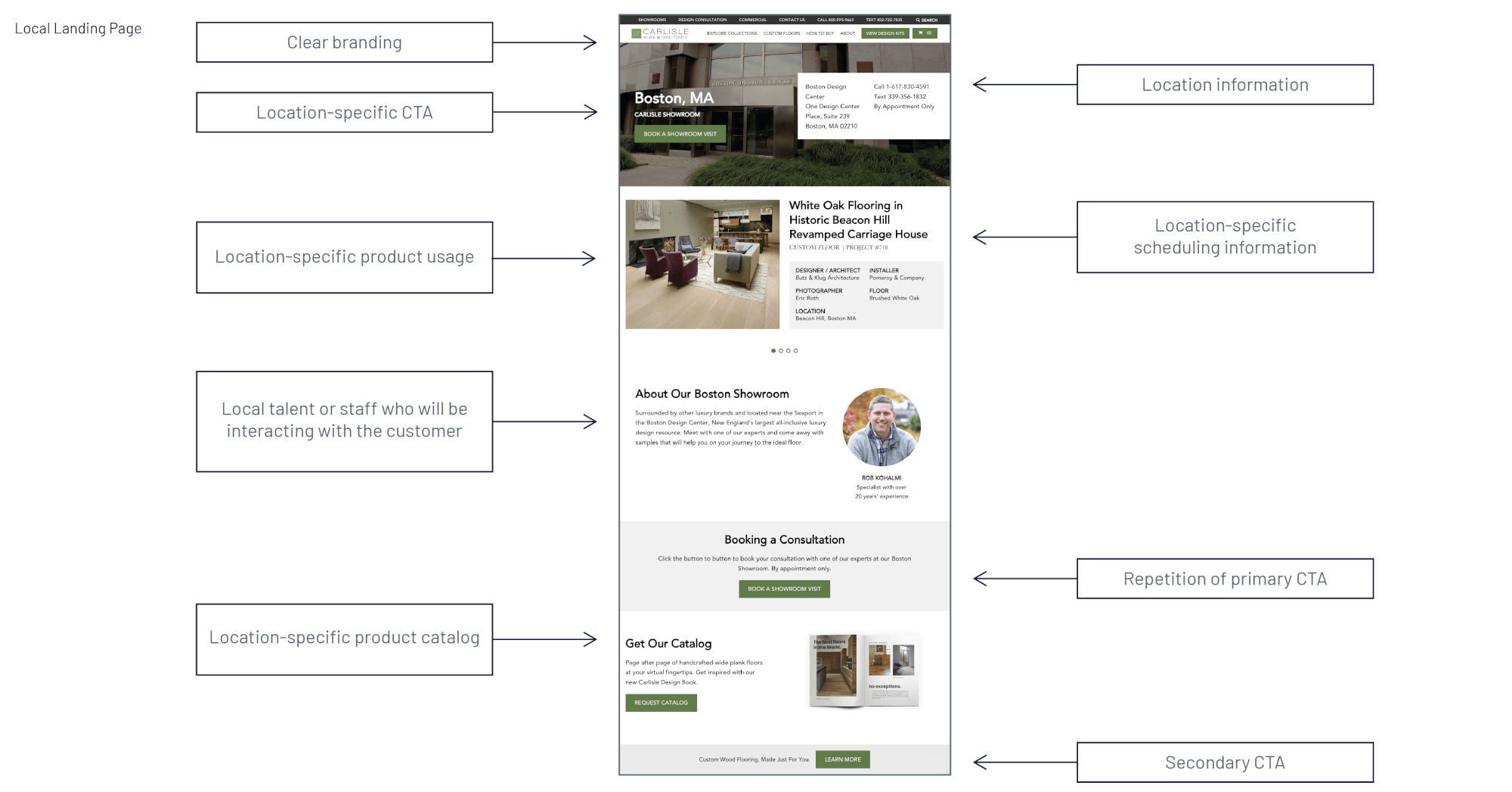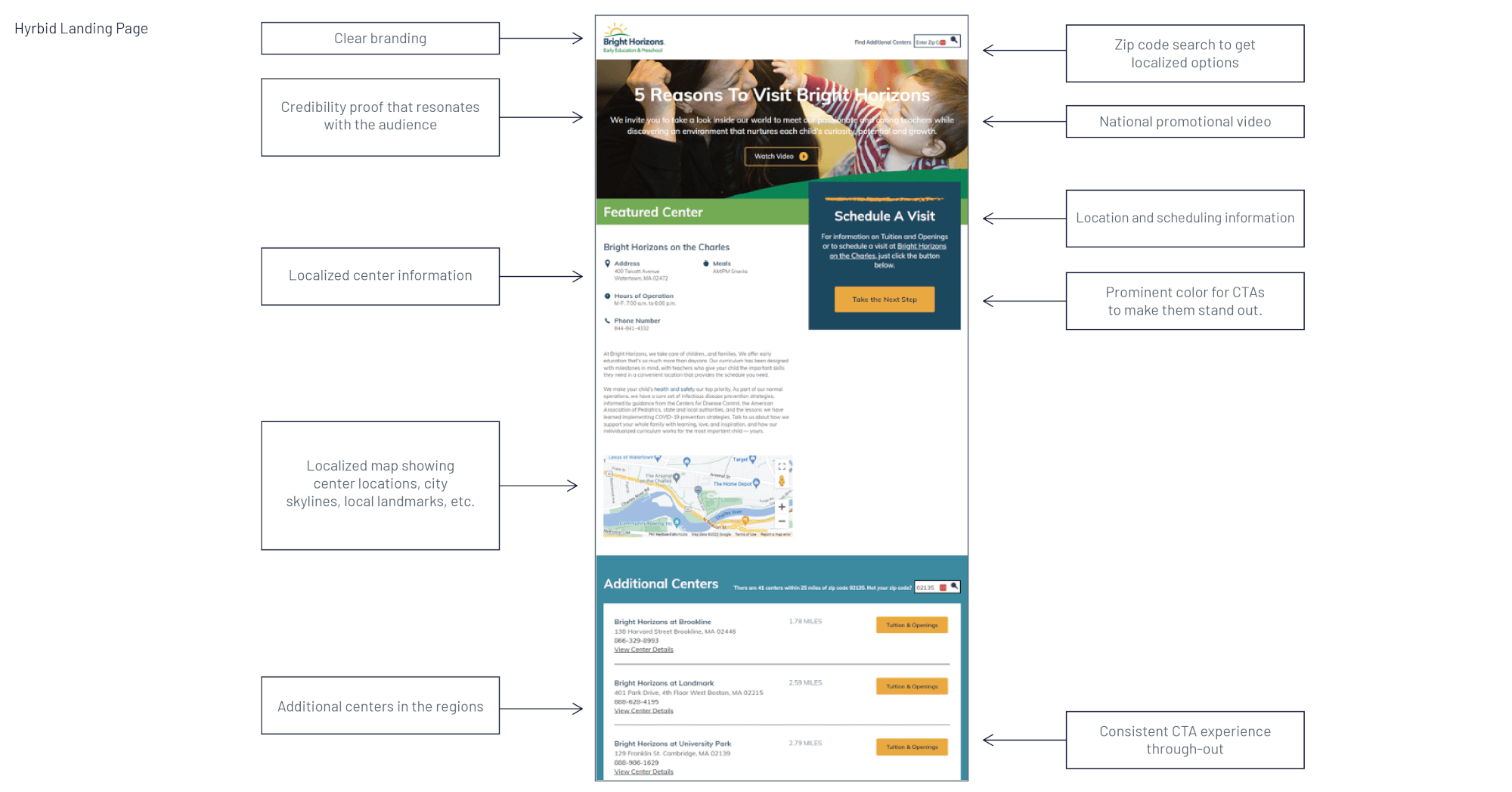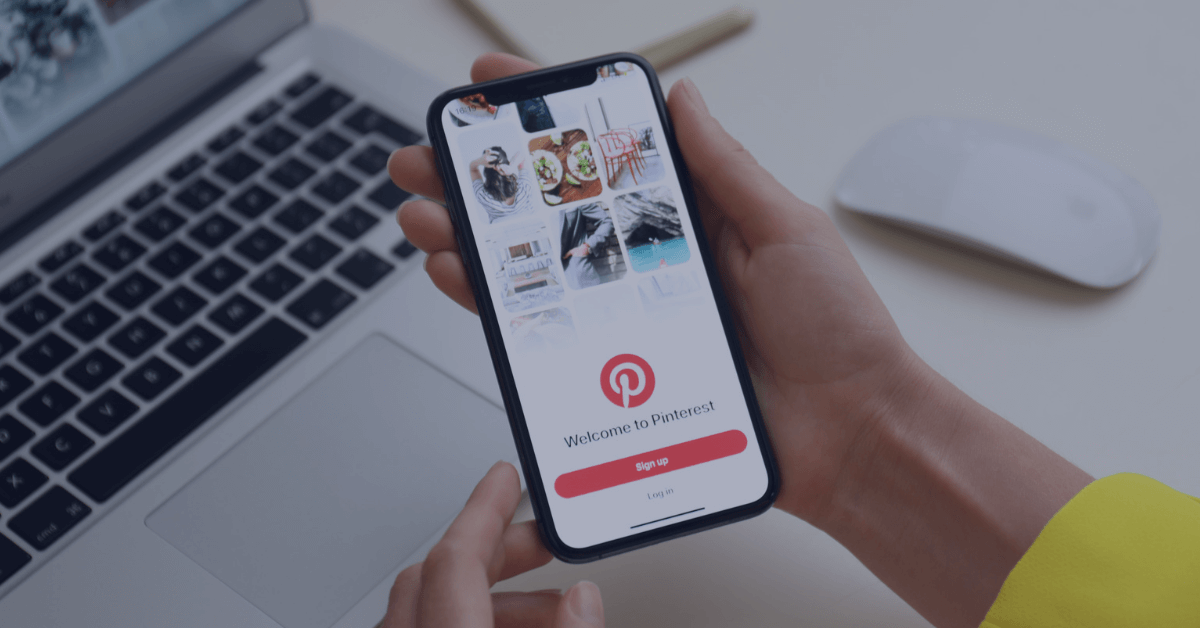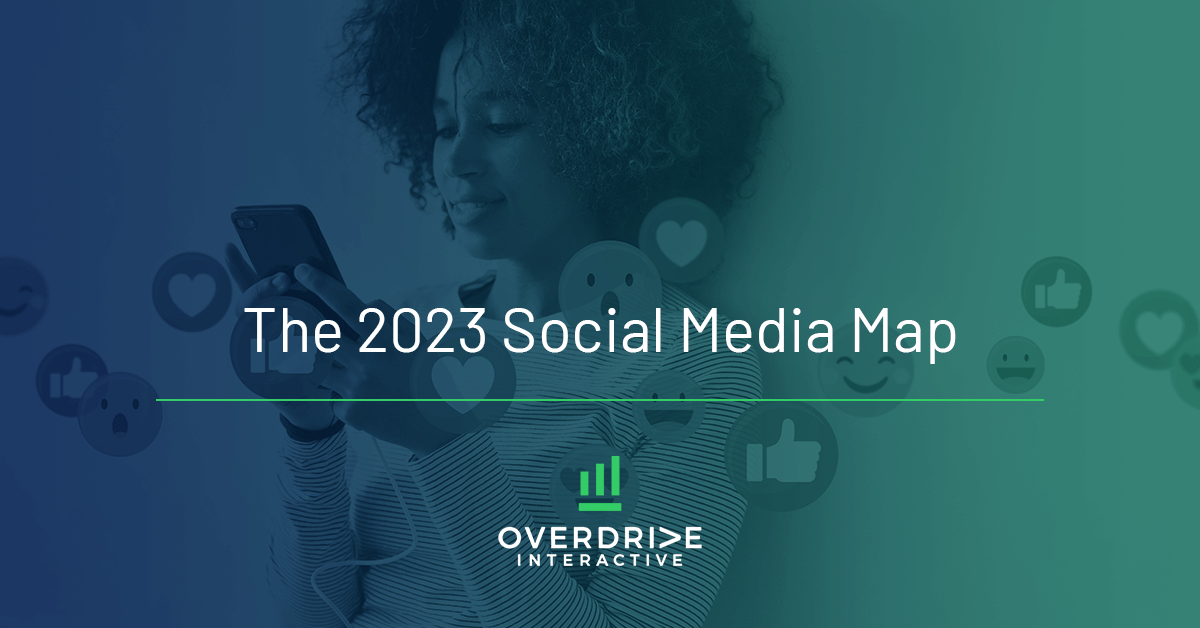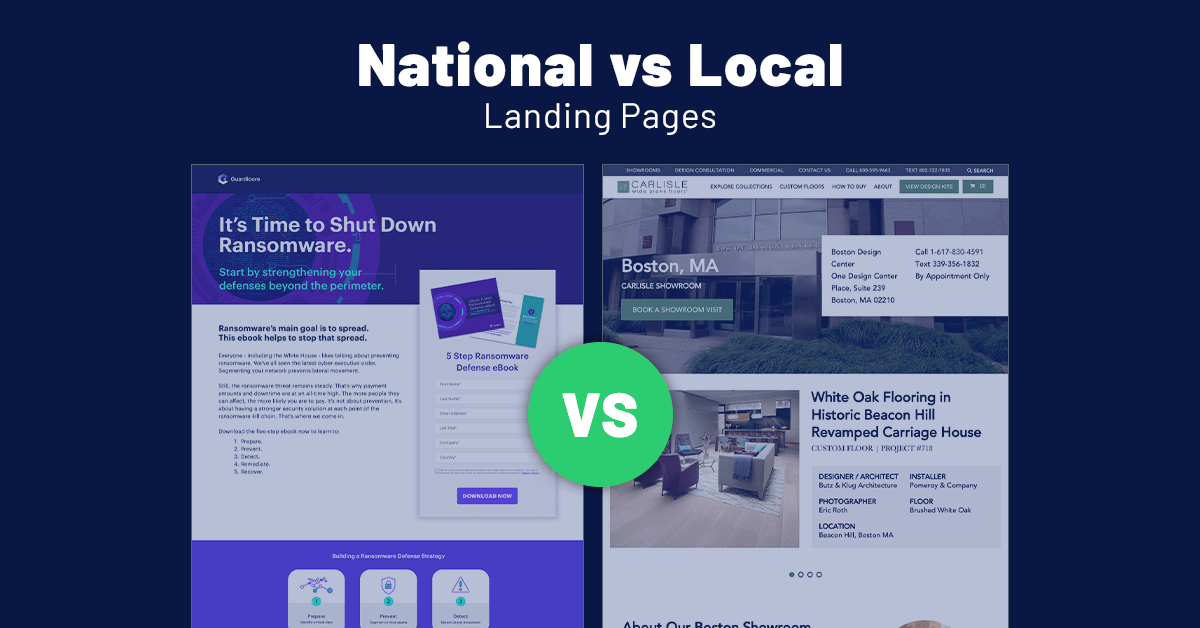
Okay, we so often get asked, “Should we have localized landing pages or one national landing page?”
Well, the answer is not that simple in terms of a straight local or national landing page strategy. Often, it’s a mix of both. It’s really about testing and seeing what works best nationally and then locally for underperformers. However, here are my bulleted thoughts on your options and when you would use one or the other or a hybrid of both.
National Page (or one page for everything)
Clearly, it has its advantages if you can optimize conversion rates using a single page style (with a localized search option for multi-location). Here are a few examples:
- National page allows you to focus your optimization efforts on a single page and set of elements and variables. In other words, it’s much easier and more efficient to optimize.
- You can test landing pages with a portion of your traffic and then roll out the new page if it increases conversion rates once its success is proven.
- You will also use a single national landing page if your product offerings and pricing are uniform across all states and regions (such as a software offering or consumer packaged goods.
- You will also use a national page if differences in regions and states, such as local laws and regulations, weather, or culture, do not impact the product.
Localized Landing Page
There are many reasons you might localize landing pages. Here are a few examples:
- Local laws and regulations vary widely from state to state (such as mortgages, medical and financial products).
- Your offers and pricing may vary from state to state or location to location.
- The weather may vary from state to state. You may not want to promote a deal on skiing equipment in Florida in the winter like you would in Massachusetts or Colorado.
- Local culture and logistics may differ from region to region. (Though domestically, these differences can be difficult to define and apply that actually boosts conversion rates. It’s often easier to find what people have in common than to identify elements that would set them apart.)
- Local promotions and sponsorships may not resonate across the country. Official sponsorship of the Red Sox will likely not resonate with Yankee fans in New York.
- Obviously, if you are doing a global campaign, you will want to localize your ads and landing pages for language.
Hybrid Landing Page
My preferred solution is to have national and dynamically generated localized elements; this is often a more viable option. Here are a few examples:
- Localized imagery showing store locations, city skylines, local landmarks, etc.
- Location and scheduling information (or a zip code search for localized options).
- Local specials and pricing that only apply to specific zip code search results or regional IP lookups.
- Local talent or staff who will interact with you. (Like the doctor you will see or the financial managers you might work with.)
- Reviews and accolades from local media. (Though someone could also use these nationally if it’s a well-known brand like the New York Times.)
- Local/state level terms of conditions.
So, one might ask, “Where do I figure this out?” Well, I’d say don’t start with going full local with dozens of unique pages unless you have a great reason to do so. It’s a ton of work, and you will spend much more energy than focusing on finding the universal elements that result in success across all regions.
If required, a singular page with localized elements is really the way to start – in my opinion. Figure out the maximum conversion rate you can achieve with elements you can use across all your locations and regions, then leave some real estate for local elements. Typically, what works with a consumer in Boston in terms of benefits statements, proof points, and offers is going to work for a consumer in Chicago as well if we are talking about an identical product or service.
Once you have really nailed what works for everyone and all locations, then you can start to localize and personalize by region and see if you are getting a lift. You can either start where you get the most traffic and will have the most impact from your test or start with problem child areas where performance is below the national average. On the latter, you may also isolate more generous offers to move the needle without rolling those more generous offers to locations already performing.
The net-net is you want to start with the best performing foundational page you can and then localize, test, and optimize as required based on where the need or opportunity is greatest.



